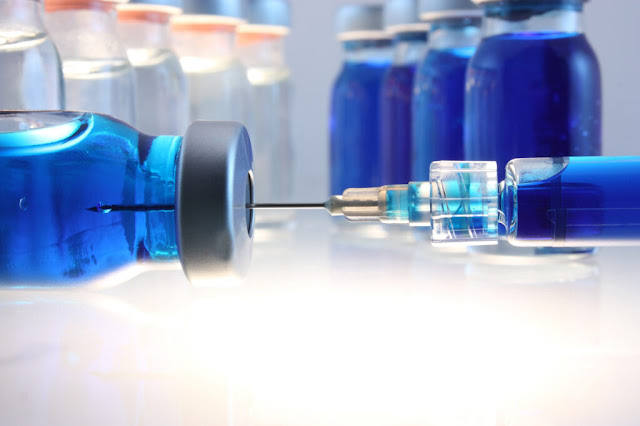Methylene Blue: Benefits, Dosage and Side Effects 2022

Methylene blue (MB), also known as methylthioninium chloride, is a bioactive substance and a blue dye. Methylene blue (MB), as the first fully man-made medicine, has a wide range of clinical applications. Apart from its well-known FDA approved applications in surgical staining, malaria, and methemoglobinemia, the anti-oxidative properties of MB recently brought new attention to this century-old drug. Some researchers believe that it can directly improve cellular and mitochondrial function and decrease the production of proteins linked to Alzheimer’s. It is also being studied for its potential to inhibit monoamine oxidase (MAO), nitric oxide (NO) synthase, and guanylate cyclase [ Rojas, 2013 , Tucker, 2017 ]. Mitochondrial Mechanisms During brain aging, mitochondrial dysfunction has been associated with neuronal loss. It has also been observed in many brain diseases, such as Alzheimer’s disease (AD), Parkinson’s disease (PD), and brain injuries [ Nit...

